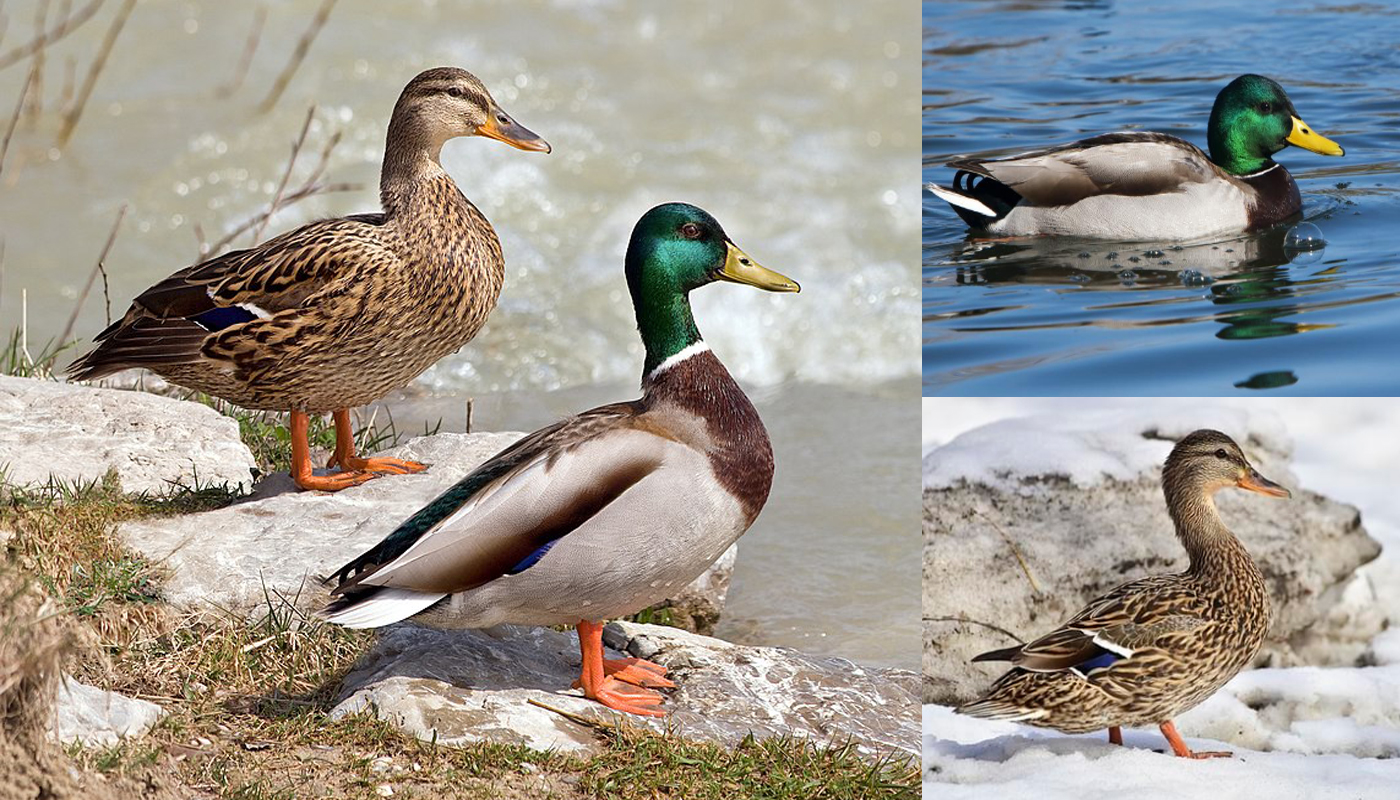
The oldest Gadwall duck on record was 19 years old.
Most male ducks sport elaborately colorful plumage, but the Gadwall males have an intricately woven pattern of silver-grey plumes, with a mix of brown and black. The females look a bit like female Mallards but with a darker and slenderer bill.
They are known as a pirate because they tend to snatch and then dash with food from diving ducks as they surface.
Other Names: Anade Friso (Spanish) and Canard chapeau (French)
Found in these parts of the US: Throughout North America
Migratory? They migrate after the breeding season and their seasonal pair bond has been dissolved.
Favorite Habitat: Prairies potholes, Great Plains and Canadian prairies.
They choose mainly well vegetative wetlands that have a lot of plants this gives them food and shelter
Other Know Habitats: They have been known to use livestock ponds
During migration, they can be found on saltwater marshes, reservoirs, beaver ponds, stream and farm ponds.
Mating Habits: They are seasonally monogamous, and the female will have found and chosen her mate by November.
Nesting Habitat: Low dry grassy areas that have a dense bush with grasses that are over one foot tall and not more than 200 yards away from the water’s edge. If they can they prefer to nest on islands that gives them greater protection from predators
Nest Details: The female will dig an indentation in the ground. She will then settle herself into in and grab surrounding grasses and her own down feather for insulation. She takes up to seven days to find a nesting spot and building it.
Nesting Information:
Clutch Size
7 – 12 eggs
No. Broods
1
Incubation Time Egg Color
24 – 27 days, white
Hatchlings: The hatchlings are fully alert when they hatch and usually ready to leave the nest within a day or two at the most.
Ducklings: They will follow the mother down to the water
They stay with her until they can fly
Characteristics: They are quite in abundance and can be aggressive towards any duck that tries to interfere with their seasonal bonded pair.
Favorite Foods: Sedges, pondweed, water milfoil, leaves, stems, roots and seeds.
Breeding females will eat a lot of insects, bugs, etc.
They also love to steal food from diving ducks.
 The Best Domestic Duck Breeds for Meat Production
The Best Domestic Duck Breeds for Meat Production Blue-Winged Teal – Wild Dabbling Duck Breed
Blue-Winged Teal – Wild Dabbling Duck Breed Magpie Duck Breed – Everything You Need to Know
Magpie Duck Breed – Everything You Need to Know Best Domestic Duck Breeds to Keep as Family Pet
Best Domestic Duck Breeds to Keep as Family Pet Top 10 Domestic Ducks for the Backyard that also Make Good Starter Ducks
Top 10 Domestic Ducks for the Backyard that also Make Good Starter Ducks Orpington Duck Breed – Everything You Need to Know
Orpington Duck Breed – Everything You Need to Know Appleyard Duck Breed – Everything You Need to Know
Appleyard Duck Breed – Everything You Need to Know Rouen Duck Breed – Everything You Need to Know
Rouen Duck Breed – Everything You Need to Know Bantam and Miniature Duck Breeds
Bantam and Miniature Duck Breeds Mallard Duck Breed – Everything You Need to Know
Mallard Duck Breed – Everything You Need to Know The Best Domestic Duck Breeds for Egg Production
The Best Domestic Duck Breeds for Egg Production American Wigeon – Wild Dabbling Duck Breed
American Wigeon – Wild Dabbling Duck Breed